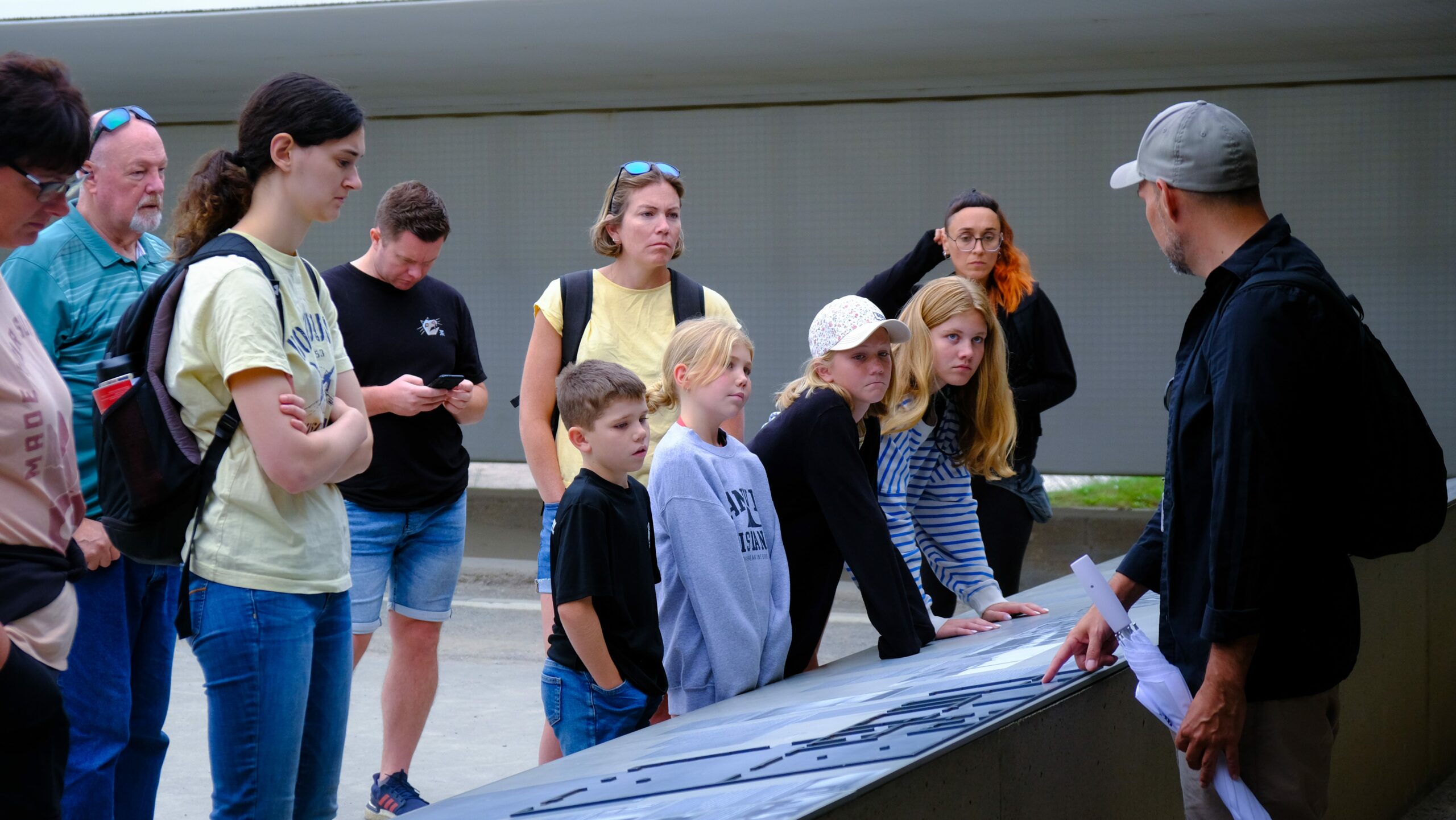Welcome to Budapest, where fantastic architecture, lots of history and the famous thermal baths are what it’s famous for. If you’re visiting Budapest, make sure you experience the therapeutic waters at the city’s thermal baths. We’ll find out all about the amazing Budapest thermal baths, their background, the positives of bathing in them and what to try during your visit.
History and Origin
From Roman times, the thermal baths in Budapest have wonderfully long and interesting histories. Because the city rests over thermal springs, the water is full of minerals and offers many health benefits. Through the ages, thermal springs were used, expanded and changed into what we now call thermal baths.
The hot springs in Budapest were first appreciated by the Romans when Budapest was still part of their Roman province of Pannonia. They created the area’s first known baths which archaeologists think were very advanced for their era. After the 16th century, the Turkish (Ottoman) occupation renewed the popularity of bathing. Turkish-style baths were built by the Ottomans and many of them such as Rudas and Király, are still being used now. Because of their mixed Eastern and Western traditions, the historic baths in Budapest are unlike bathing cultures anywhere else in Europe.
When Budapest changed, the baths also transformed. Much infrastructure was invested in bathhouses in the 19th and 20th centuries, resulting in many modern, upscale spa centers. Currently, a blend of historical architecture and new wellness options makes these places attractive for people who enjoy traditional comfort.
The advantages of Thermal Baths
Taking a soak in thermal baths helps your physical and mental health. Taking in mineral-rich thermal water can make your blood circulate better, relax your muscles, lessen pain in your joints and encourage you to relax. Besides, soaking in the thermal baths is a peaceful way for anyone to calm down, relax and energize.
These waters are helpful for health thanks to their unusual mineral combination which includes calcium, magnesium, sulfate and bicarbonate. A bath with these minerals allows your skin to soak them in and helps reduce inflammation, moisturize and remove impurities. For anyone with arthritis, problems in the spine or sports-related injuries, soaking in hot springs may be very beneficial.
In addition to good circulation and skin, the calm atmosphere in the baths lifts both mind and mood. Like relaxing in a hot inside pool, experiencing a calming massage or sitting and looking up at the stars outdoors, many visitors feel at ease and refreshed after a visit.
Budapest’s best thermal baths
Budapest boasts many thermal baths and each of these baths is unique. Some of the biggest ones are listed here:
The Gellért Baths
The impressive Art Nouveau style of the Gellért Thermal Bath attracts people on the Buda side of Budapest. Guests can enjoy different temperature pools, as well as saunas, steam rooms and massage services. Visitors should remember to see the famous main hall, filled with mosaics and sparkling with light from above.
Often considered among the most lovely spas in Europe, Gellért Bath is part of the Gellért Hotel and first opened its doors in 1918. Some of the art in the museum comes from the building itself, for example its tile work, glass windows and beautiful columns. Because Spa Hotels are so luxurious, travelers who want to relax and indulge often find their way here.
Szechenyi Spa Bath
The Szechenyi Baths in Budapest’s City Park are among the biggest and best known in the city. Because of its bright yellow Neo-Baroque style and many outdoor pools, especially a large thermal one, this bath makes for an unforgettable experience. While you relax in the hot tubs, try learning how to play a game of chess.
When it was opened in 1913, Szechenyi Bath was the first thermal bath on the Pest part of the city and is still one of the biggest spas in the region. Both inside and outside, there are a total of 18 pools. Activity in the outdoor area continues all year, including during the cold winters when the fragrant air and hot waters add to the magic there.
Rudas Thermal Bath
If what you want is a genuine thermal bath, Rudas is the right one for you. A 16th-century Ottoman thermal bath is still available here for visitors, following traditional architecture. Be sure to see the main circular pool and the roof terrace, as both give great views of the city.
One more interesting feature is that Rudas Bath hosts weekend night bathing and lets guests bathe with the stars above them. Those who wish to enjoy Budapest’s ancient bathing customs in a sophisticated place should try Rudas.
What to Keep in Mind
- Don’t forget to pack your bathing suit, your towel and your flip flops. Although there are places that rent baths, it’s easier to travel with your own.
- Choose a weekday or early morning to explore the thermal baths if you’d like to experience less hustle.
- It’s wise to pack your sunscreen when you want to make use of the outside pools.
ulent
- Those who haven’t tried a thermal bath before should first take a short dip and then
lengthen their time as they get used to it.
- Follow the standard bath behaviors to make everyone’s time more enjoyable.
It’s worth noting that every public bath may have its own rules for swimwear, how to get tickets and what’s available in the facility. Since things can change fast, remember to look online or talk to people at your hotel before you go out. A lot of baths now let you purchase combo tickets with massages or wellness treatments which will make your visit even better.
Conclusion
Thermal baths in Budapest are a fantastic way to unwind, care for your health and experience this city’s culture. If you are looking for a calm break from city noise, the historic baths let you rest and relax while taking in the history of Budapest. Add visiting the thermal baths to your plan in Budapest for an amazing and relaxing stay.
Budapest’s thermal baths go beyond a place to relax, as you move through history, culture and wellness along the way. You’ll feel yourself rejuvenated in mind and body, whether you spend only an hour or all day in the bath.
Table of Contents




